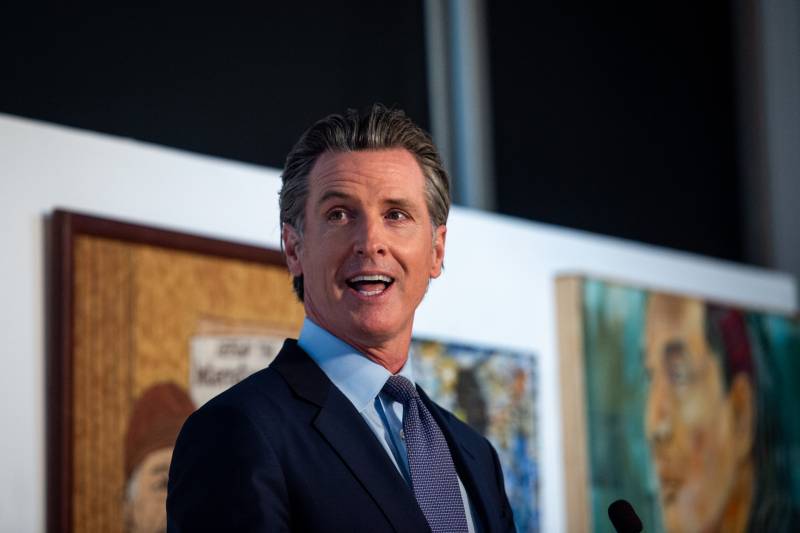"This budget will do some temporary good, but it fails to seriously address any of the long-term structural problems facing the state," said state Assembly Minority Leader Marie Waldron, R-Escondido. "It does nothing to lower the cost of living for hard-working Californians."
Here’s what Newsom is proposing to do with the surplus:
Stimulus Checks
After authorizing $600 checks to low-income Californians earlier this year, Newsom is proposing an expansion of the “Golden State Stimulus” program to taxpayers making up to $75,000, with an extra $500 for filers with children.
"No state, including this state, has ever rebated more direct dollars back into the pockets of taxpayers earning up to $75,000," Newsom said.
In response, Republicans running to replace Newsom in the recall election have spent the week calling for cuts to the state’s income tax rates, a change that would bring ongoing relief to taxpayers, but also result in a permanent loss in state revenue.
“We need to do more than simply send people a one-time check,” said Kevin Faulconer, the former mayor of San Diego, during a campaign stop in Emeryville on Wednesday. “We need permanent, lasting reform."
Education
The biggest winners in any budget windfall are California's K-12 schools and community colleges, which are guaranteed roughly 40% of the state’s general fund.
If Newsom's budget is approved, state spending on education would top $93 billion this year, an amount larger than the entire general fund of the budget signed by former Gov. Jerry Brown a decade ago. Per-pupil state spending, meanwhile, would soar to double what it was a decade ago — to nearly $14,000. And with federal funds taken into account, that figure would rise to roughly $20,000 per pupil.
"We want to make public schools essential," Newsom said. "We want to make our public education system enriching."
The governor is also asking the Legislature to sign off on a permanent expansion of transitional kindergarten for 4-year-olds in the state.
The plan, which would phase in over the next few years, would ultimately enroll 250,000 children by 2024. Currently, just over a third of the state’s 4-year-olds — some 91,000 students — qualify for the state’s transitional kindergarten program.
And after more than a year of distance learning for most California students, Newsom is also advocating to restore classroom learning as the default for the school year starting this fall.
"We want kids back in person this fall full time," Newsom said, adding that his budget will make that "a requirement."

